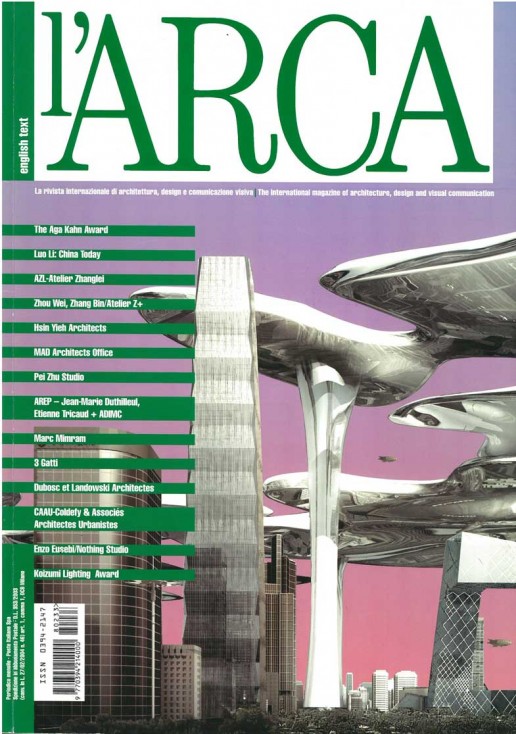
"Museo di Malacologia", L'Arca, n°233 (2008)
They are self sufficient. They catch the eye of passers-by, tourists and technicians. They are a phenomenon of the age in which we live. Modern-day museums with their exuberance forms, which make them so popular with the media, seem to be less and less reliant on what they hold inside. They are all most containers of their own image, attracting all kinds of interest and actually pushing the works on display into the background. This project for the Museum of Malacology in Dalian attempts to adopt a different approach and focuses on architecture capable of working with the natural elements, with the erosive force of wind and water, carefully striving to avoid any camouflaging into nature. The starting point is an amorphous mass (a stone or shell) which, by acting on and subtracting parts, has developed into an authentic piece of sculpture. The construction is designed so that the interior space is not separated from the outside. In other words, there is an organic sense of unity with the landscape. A mental space shared by both the sculptural form and humanised habitat. This is an experimental idea combining all kinds of expressive means to make them codifiable and comparable. The language used brings together art and architecture in a combination of established theories and new means of using spaces, at the same time suggesting the Museum of Malacology be developed as a “lively information centre”. The new museum facility is a meeting place for constantly changing people and information, a criss-cross between the computerized and unstable, with people and exhibition activities working together on a two-way basis.
MAGAZINE
L’Arca
YEAR
2008
ISSN
0394-2147

